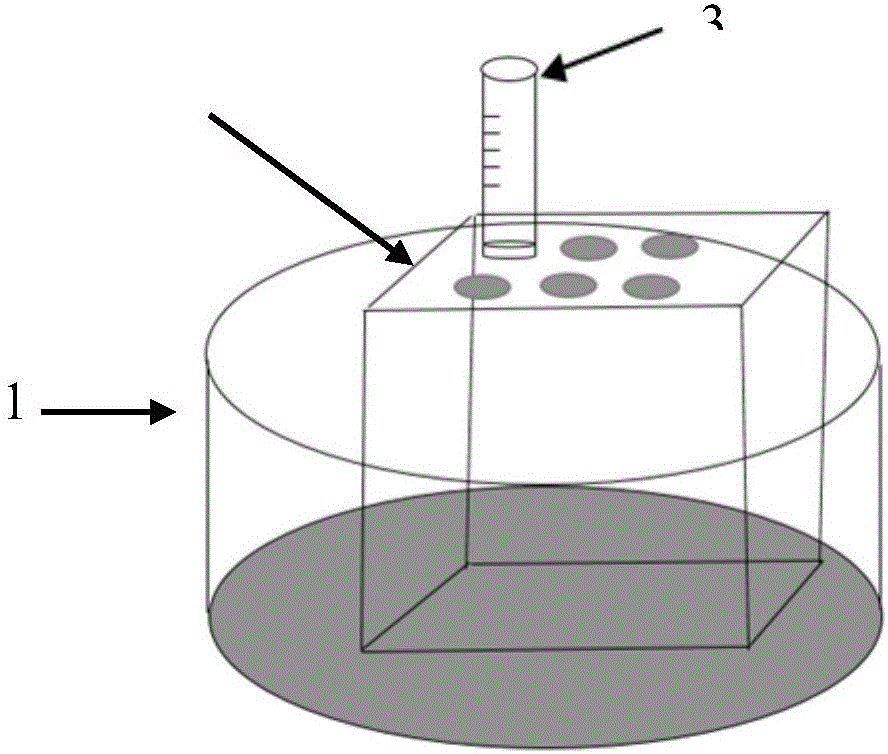Detection method for non-small cell lung cancer peripheral blood circulating tumor cell PDL1 gene
A technology for non-small cell lung cancer and peripheral blood circulation, applied in measuring devices, instruments, scientific instruments, etc., can solve problems such as inability to detect PDL1 in patients, achieve the effects of reducing detection procedures and costs, improving detection efficiency, and good clinical promotion value
- Summary
- Abstract
- Description
- Claims
- Application Information
AI Technical Summary
Problems solved by technology
Method used
Image
Examples
Embodiment Construction
[0055] The present invention will be further described below in conjunction with the accompanying drawings and embodiments.
[0056] In the present invention, the term HE staining hematoxylin-eosin staining (hematoxylin-eosin staining) is a commonly used staining method in paraffin section technique. Hematoxylin staining solution is alkaline, which mainly makes the chromatin in the nucleus and ribosomes in the cytoplasm purple-blue; eosin is an acidic dye, which mainly makes the components in the cytoplasm and extracellular matrix red.
[0057] 1. Separation and acquisition of circulating tumor cells from the peripheral blood of patients with non-small cell lung cancer by using a membrane filtration device:
[0058] Obtaining blood samples from patients with non-small cell lung cancer:
[0059] The peripheral blood of 5 patients diagnosed with non-small cell lung cancer was collected, and 5ml of peripheral blood was collected from each case. At the same time, 5 ml of blood s...
PUM
 Login to View More
Login to View More Abstract
Description
Claims
Application Information
 Login to View More
Login to View More - R&D
- Intellectual Property
- Life Sciences
- Materials
- Tech Scout
- Unparalleled Data Quality
- Higher Quality Content
- 60% Fewer Hallucinations
Browse by: Latest US Patents, China's latest patents, Technical Efficacy Thesaurus, Application Domain, Technology Topic, Popular Technical Reports.
© 2025 PatSnap. All rights reserved.Legal|Privacy policy|Modern Slavery Act Transparency Statement|Sitemap|About US| Contact US: help@patsnap.com



